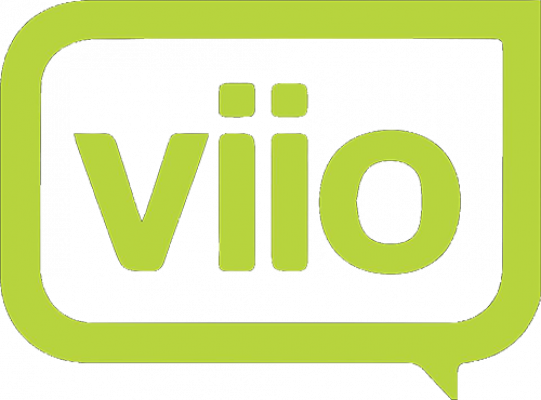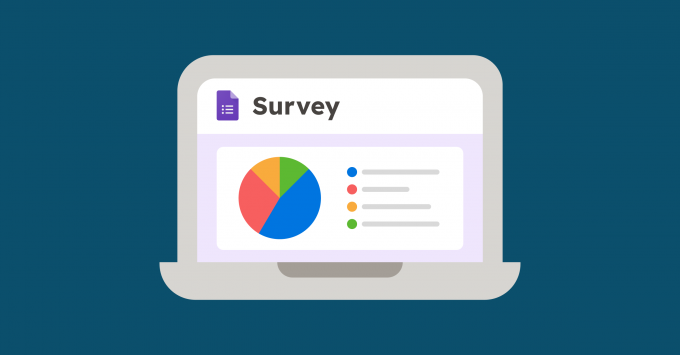Ethical Guidelines for Using AI on Mobile Stories
By REDAKTIONEN
Published 2024-08-26 13:15
Technology is moving fast and generative AI is transforming how we gather, analyse, and communicate information. Journalism is no exception. At Mobile Stories, we do not forbid you to use AI when working with our publishing tool. However, there are rules you must follow if you choose to use AI when writing an article.
We firmly believe in transparency and accountability. Therefore, you, as the author, are responsible for ensuring all content is true and accurate. AI can assist you, but you are the journalist who has to interview, conduct research, check facts and write the articles.
These guidelines are a living document and will be updated as the AI field evolves.
Here are the rules and principles you should follow:
Transparency
Disclose AI use: Let your readers know when and how you used AI. If you used AI tools to support your research, for grammar checks or fact-checking, add a note at the end of your article explaining what tools you used and how. Remember that you always have to verify all content yourself. AI can often make mistakes and humans need to check all content. To enhance your readers’ trust in you , make sure to include information about what tool you used and how, and what you did to ensure that all content is accurate. For example: "ChatGPT was used to assist with grammar checks and finding research reports to use as sources. All content was fact-checked by the author."
Add information about AI-generated media: If you have used AI to generate images to illustrate your article or create music for your podcast or video, you must add a clear warning. For example: "This image was generated using DALL-E." Remember, don’t use images that look realistic and might mislead your audience into believing they depict real events.
Making human stories
You are the author: AI can only assist you, not do your work for you. You must write the articles yourself. You are the author and you must take responsibility for your work. AI can help improve your work, such as by checking grammar, helping you find new sources of information, and making suggestions on how to improve your article. The articles must be written with your own voice - that is what makes them unique.
Real stories only: A journalist’s mission is to inform and share human stories and help others understand different perspectives and problems. Therefore, it is not right for you to use fictitious stories or characters, whether AI-generated or not. The use of AI should not conflict with the Young Reporter´s Code of Ethics.
Illustrate, don’t imitate: Never use AI-generated media that might mislead your audience into thinking it depicts reality. For example, you must not use AI to imitate the voices of real people for your podcast or video. Don’t generate videos featuring real people (or so-called “deepfakes”). If you use AI-generated images to illustrate your article, you must use images that clearly look like illustrations. AI-generated images can lead to confusion over what is fiction and what is reality and can even cause panic in sensitive situations like conflicts, wars or natural disasters. To maintain trust and transparency, never use portraits that do not represent real individuals. You cannot add AI-generated elements to real images. That is called manipulation.
Accuracy and Verification
Verify AI-generated content: Carefully check all content that was generated or edited with AI. If you use AI to find new sources of information, such as research papers, you must ensure that all authors, publications, and research papers mentioned actually exist. Then you must check if the conclusions summarised by AI are accurate. If you use AI to edit your article and check your grammar, make sure that none of the content was changed to be inaccurate. AI tools give priority to generating an answer over accuracy and might make up information when there is a lack of data - a phenomenon known as AI hallucinations.
You are responsible for fact-checking: Do your fact-checking yourself. You can use AI tools to help you find errors in your article, but you must verify all information independently. Do not fully rely on AI to do this.
Fairness and Avoiding Bias
Watch out for AI bias: AI is biased too, and you must take this into consideration. If humans train AI on imperfect information, the AI content will be imperfect too. For example, if there is a group of people who are discriminated against in the real world, information about them in AI-generated content might be distorted. It is your responsibility to avoid stereotyping and ensure that all people mentioned in your article are treated fairly and respectfully. Take note of how different people and situations are depicted in AI images. For example, if you generate a drawing showing a teacher in a classroom, are teachers always shown as female?
Inclusive representation: Ensure that different opinions and people are represented in your articles. This includes considering various viewpoints and giving a voice to underrepresented groups to maintain balance and fairness.
Writers
|
13 Dec Pupil |
|
13 Oct Pupil |
|
13 Oct Pupil |
|
30 Sep Pupil |
|
30 Sep Pupil |
|
25 Jun Pupil |
|
16 Jun Pupil |
|
10 Jun Pupil |
|
10 Jun Pupil |
|
06 Jun Pupil |
|
06 Jun Pupil |
|
06 Jun Pupil |
|
05 Jun Pupil |
|
31 May Pupil |
|
28 May Pupil |
|
28 May Pupil |
|
25 Apr Pupil |
|
25 Apr Pupil |
|
25 Apr Pupil |
|
25 Apr Pupil |
|
25 Apr Pupil |
|
25 Apr Pupil |
|
11 Apr Pupil |
|
08 Apr Pupil |
|
17 Feb Pupil |
|
17 Feb Pupil |
|
17 Feb Pupil |
|
17 Feb Pupil |
|
31 Jan Pupil |
|
23 Jan Pupil |
|
16 Dec Pupil |
|
13 Dec Pupil |
|
13 Oct Pupil |
|
13 Oct Pupil |
|
30 Sep Pupil |
|
28 May Pupil |
|
28 May Pupil |
|
25 Apr Pupil |
|
25 Apr Pupil |
|
25 Apr Pupil |
|
25 Apr Pupil |
|
25 Apr Pupil |
|
25 Apr Pupil |


































